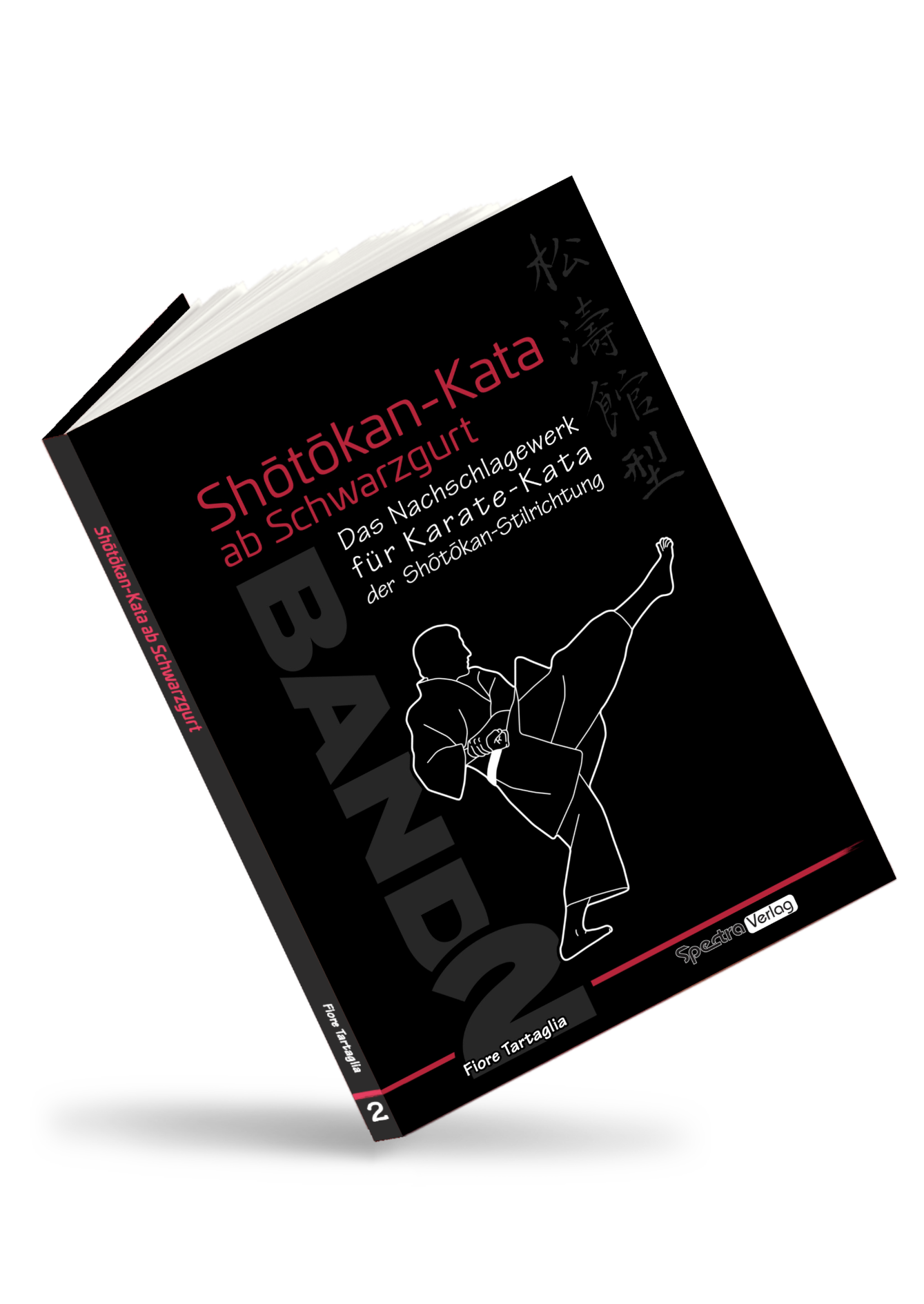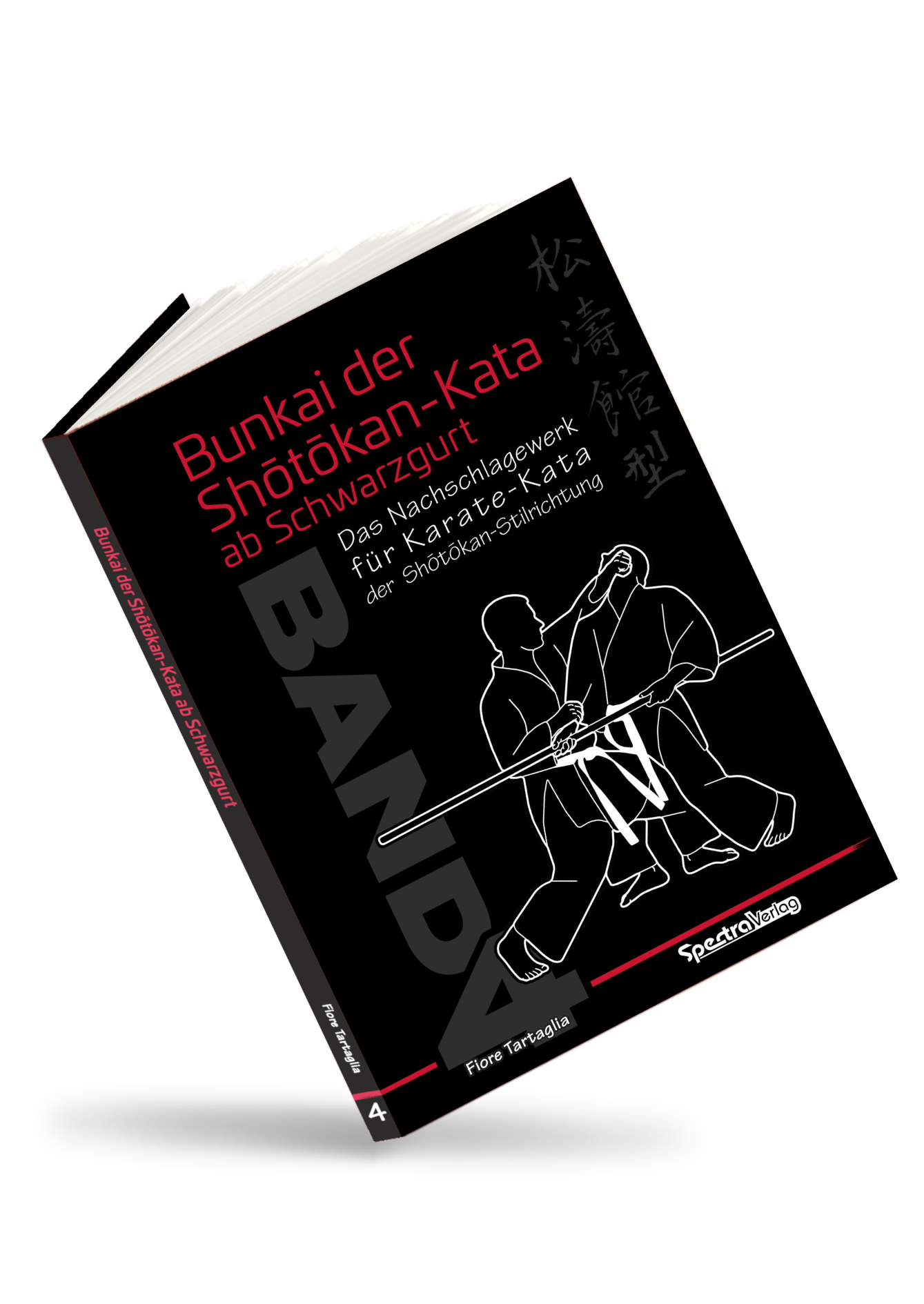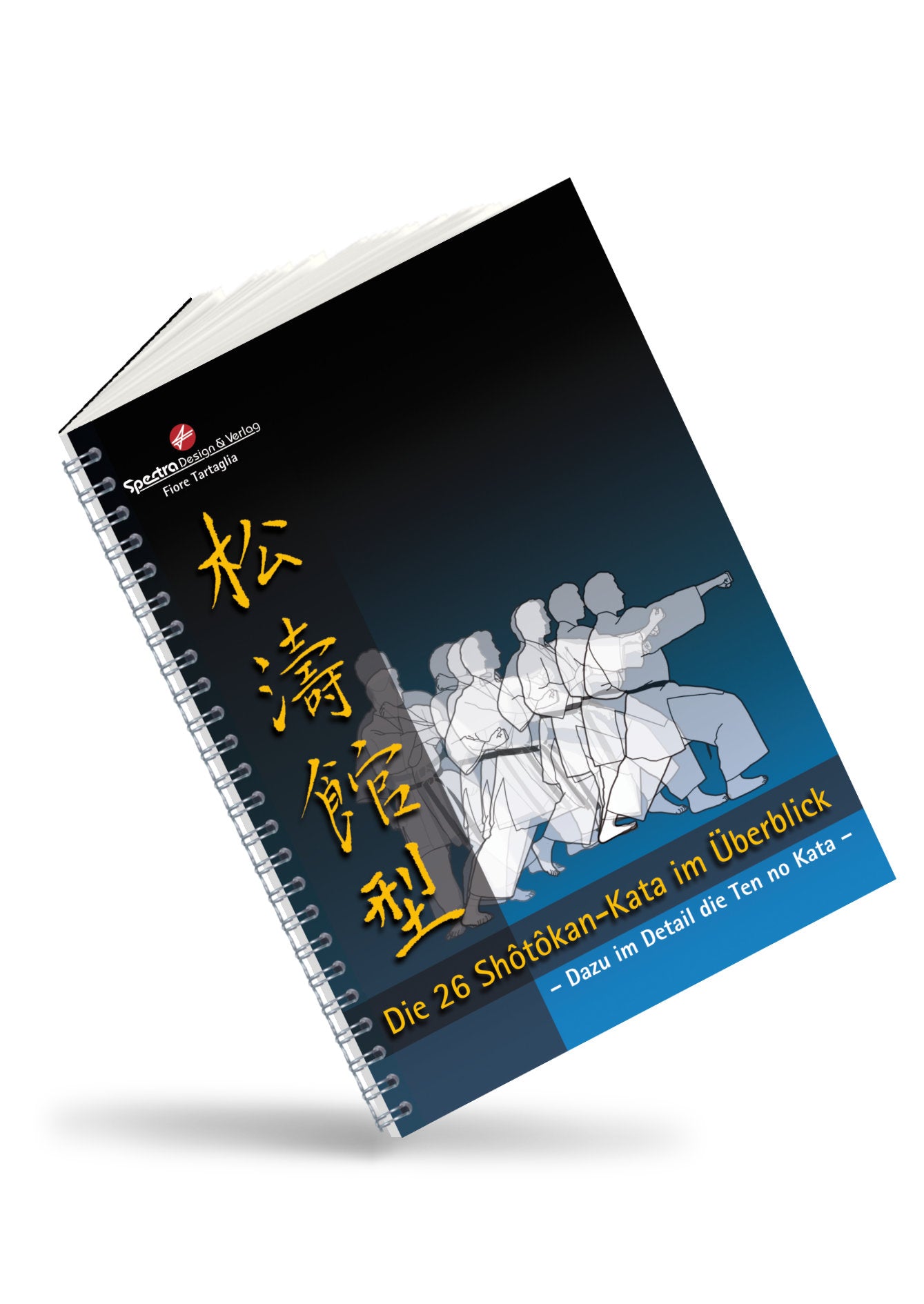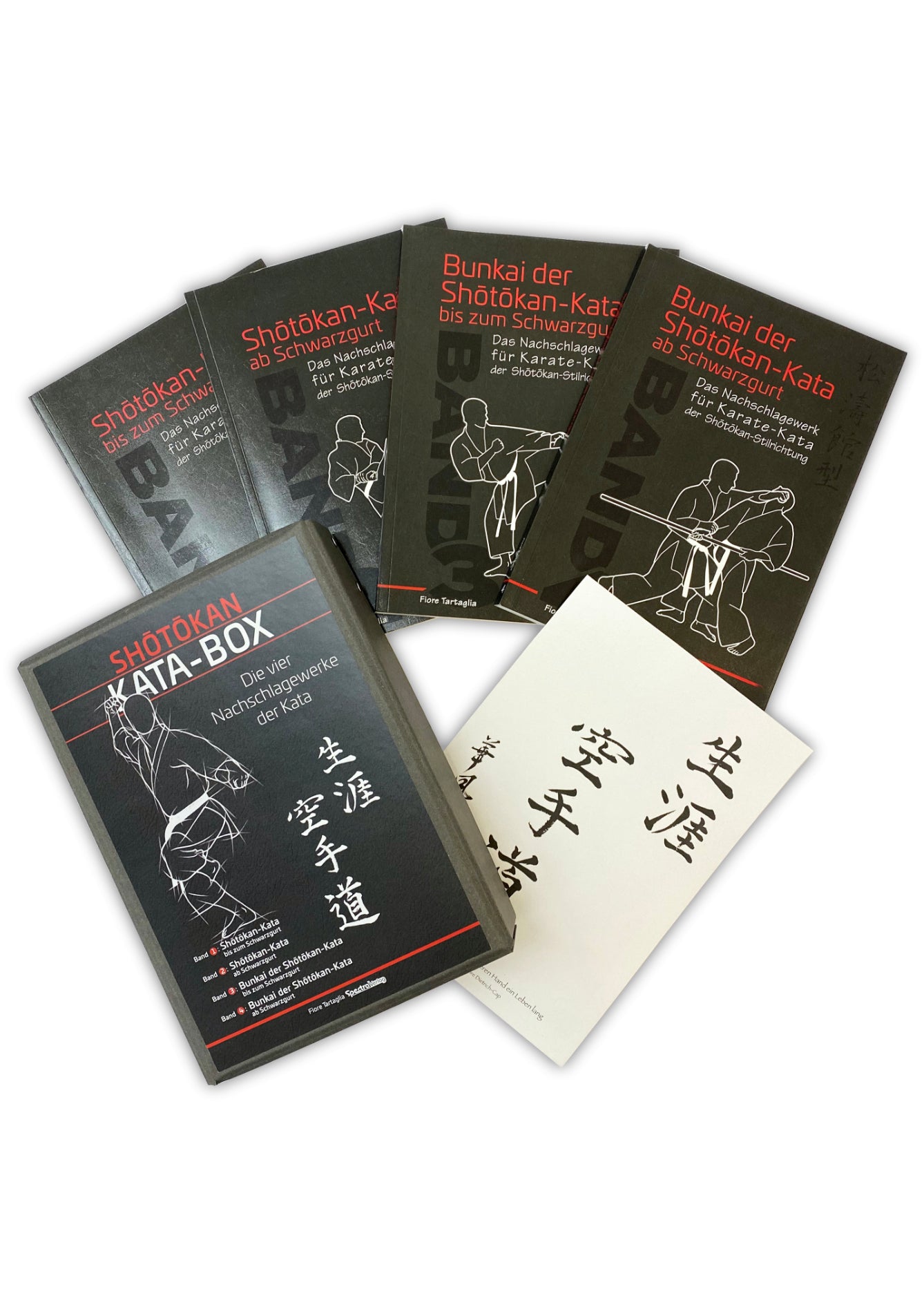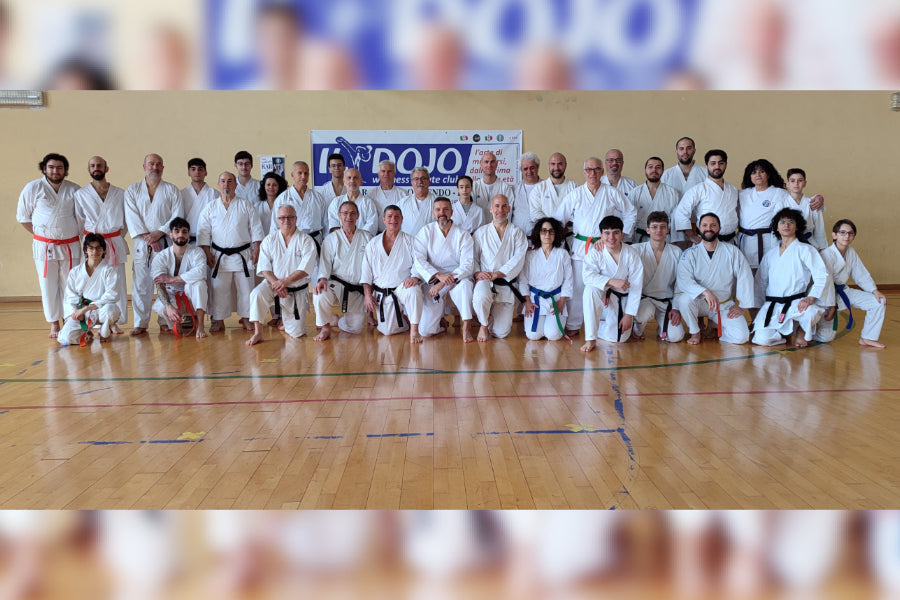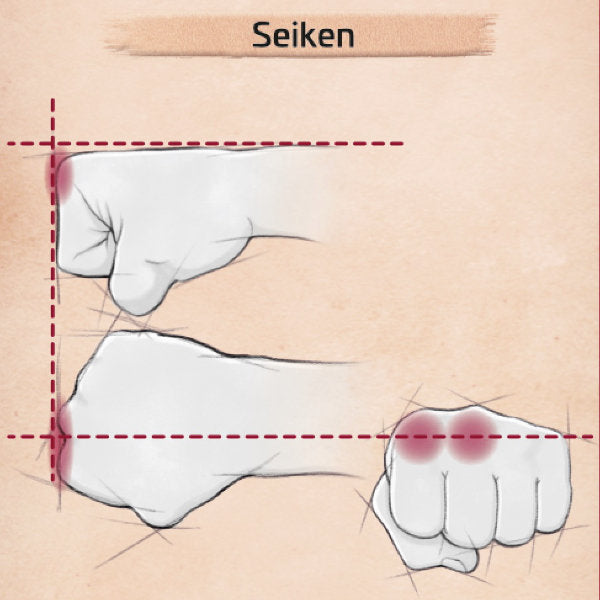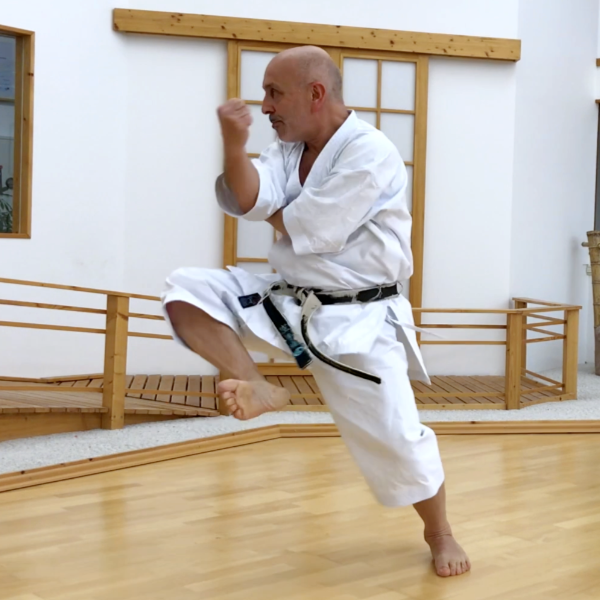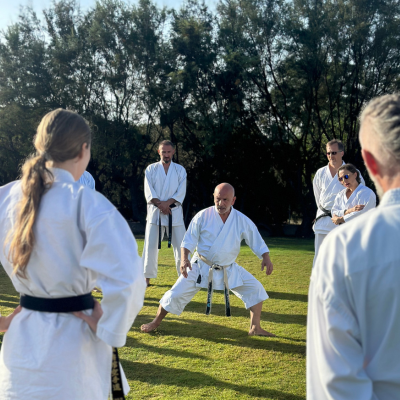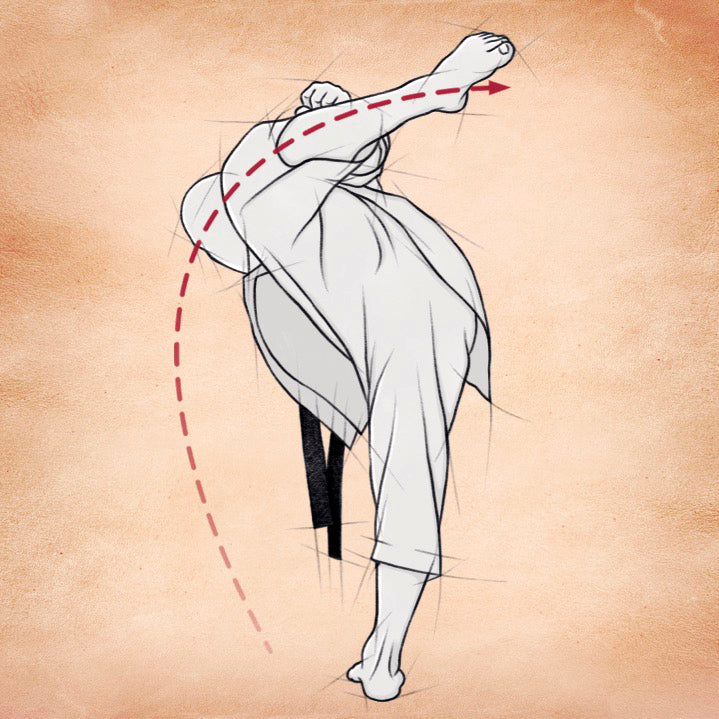WANKAN – KING AND CROWN.
Wankan is the shortest Shōtōkan kata. It is also practiced in the Shitō-ryū and Shōrin-ryū styles. It contains only a few techniques, but these are so demanding that it is considered one of the higher kata.
In Wankan, there is only one kiai. In Shōtōkan, it only occurs here and in Meikyō; all other kata have two kiai.
The scissors defense technique at the beginning of the kata, which also appears in Nijū shi ho, can be seen as a block against a punch. You pinch the wrist and push the attacker backward to keep them busy. This prevents the opponent from attacking further. You can then push them into close range for a double punch, or you can parry a renewed attack and counter it with a chūdan ren zuki.
After the kick defense techniques (Morote sukui ucke), the same situation arises again: either the opponent is pushed to the right distance for a counter-technique or a second attack is fended off.
In these sequences, care should be taken to ensure that the Neko ashi dachi are performed as deeply as the Zenkutsu dachi. Only then can the respective defensive techniques be executed with horizontal momentum. This technical aspect lends the kata an additional aesthetic appeal.
Back to the kick defense techniques: the two Morote sukui uke are very demanding because they require very pronounced body tension, in an unusual situation. The turns before the techniques and the short Neko ashi dachi stances make a powerful move difficult. Intensive practice is essential for this.
The final section should also be trained very intensively, so as not to limit it to a single sequence of techniques. For this, as can be clearly seen from the graphic representation, the Sanbon principle should be taken into account. Here, too, it would be immediately noticeable if one were to move upwards when performing the three Mae Geri. Here, the combinations of the Mae Geri with the subsequent Oi Zuki should be combined in such a way that each forms a single unit. To be able to execute this long combination "punctually" and with the correct rhythm, one needs full body commitment and a keen sense of technique.
Duration: about 30 seconds

